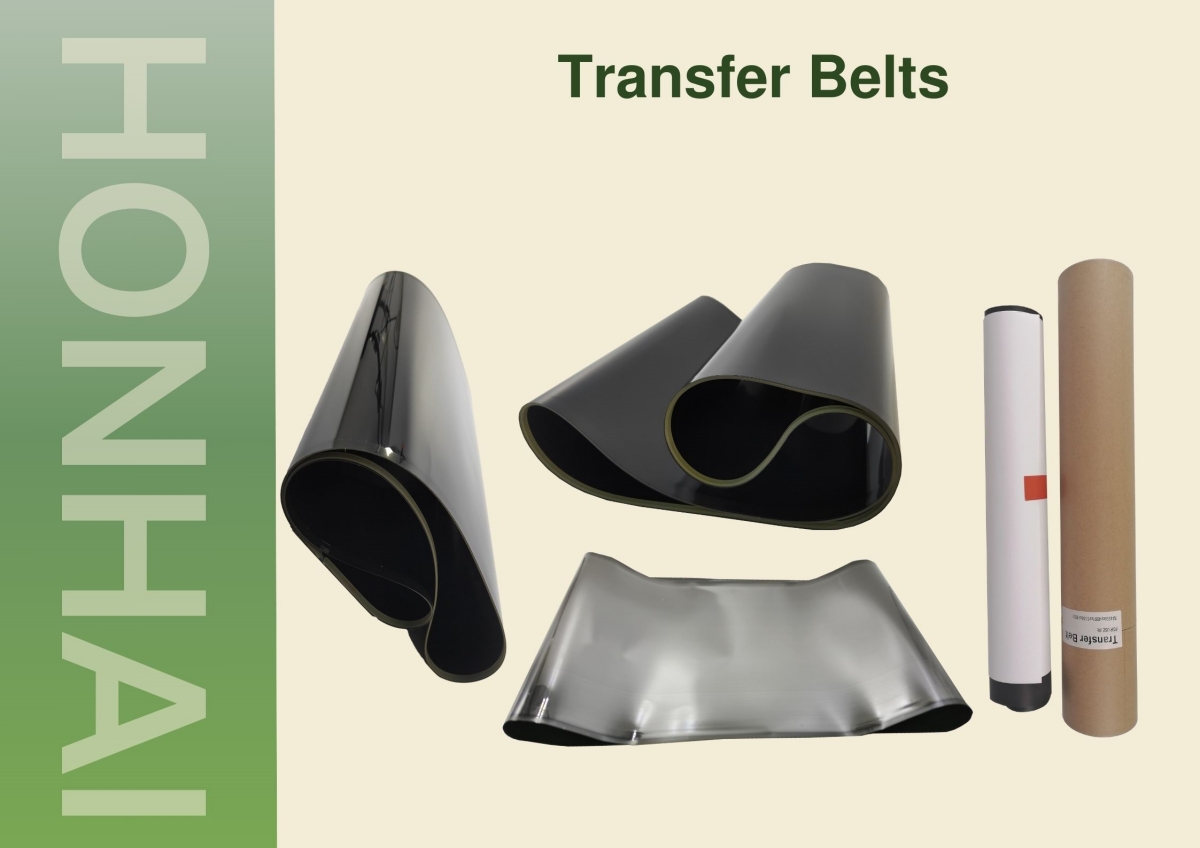Changeable transfer belts wearing out in how much time as the originals can make all the difference in some cases. Others disagree and say that short or long, they admit there is no substitute for genuine items. The trouble is, though, what makes them perform differently? In detail.
1. Material Quality is Crucial
OEM transfer belts are made of top-grade materials that meet the same exacting production standards as your printer. They undergo rigorous quality control to ensure they can last as long as claimed. On the other hand, compounds used in making corresponding transfer belts are quite varied- indeed, the difference among them may be simply man-hours and technology invested. Some materials are almost as good as OEM standard-wise, but others use less expensive varieties that don’t endure as long or deliver performance.
2. Precision in Manufacturing
Ever wonder why an OEM transfer belt fits any printer without any changes-including alignment? That’s because it’s optimized for that specific model. OEM manufacturers invest heavily in R&D to ensure that the belt lines up perfectly with rollers and sensors. Some high-quality corresponding belts also possess this kind of precision, but on the lower end of things they might be just a tad off–a printing defect here, an error message there.
3. Coating and Surface Treatment
The surface of a transfer belt plays a key role in how toner winds up getting onto paper: If the belt can’t hold any toner, then no matter how many rollers or squeegees you have, it’s not going to help. OEM belts often come with a finely crafted coating that prevents toner clumping and assures even distribution-to minimize fusing spots or ghosting. Some corresponding belts have been able to achieve similar effects, but others don’t hold out over time and gradually lose quality.
4. Durability and Lifespan
OEM belts are designed to last a set number of pages under given conditions. Some high-quality corresponding belts come pretty close in lifespan, but cheap ones may wear out more quickly-especially under heavy print loads. These little differences mount up if you’re running medium-volume jobs–and that’s more cost in maintenance!
5. Price Performance Balance
The biggest reason to give corresponding transfer belts a try? It’s simple: price. They cost a fraction as much as OEM options and therefore suit people who need to watch over a budget. But cheaper doesn’t necessarily equate better. In fact, in some areas, low-cost corresponding belts that break early may, in the end, end up costing you more because of lost time, service calls, and replacements.
So, What Should You Choose?
If print quality and life expectancy are top on anyone’s list, then it’s a good idea to go with OEM. Otherwise, though high-quality corresponding transfer belts from reputable manufacturers may prove an acceptable substitute in today’s inflated market. The key is to check into a brand, read reviews by other users, and get something that balances cost and performance satisfactorily.
At Honhai Technology, we specialize in manufacturing high-quality transfer belts. Ricoh Mpc3002 Transfer Belt, HP M277 Transfer Belt, Konica Minolta C258 Transfer Belt, Canon Transfer Belt C5030,Transfer Belt HP MFP M276n, Konica Minolta Transfer Belt C8000, Konica Minolta Transfer BeltC451 C550, Kyocera TASKalfa Transfer Belt 3050ci 3550ci,Xerox Transfer Belt 7425 7428, Xerox Transfer Belt 550 560 C60. These are our popular products. If you are interested, please feel free to contact our sales at
sales8@copierconsumables.com,
sales9@copierconsumables.com,
doris@copierconsumables.com,
jessie@copierconsumables.com,
chris@copierconsumables.com,
info@copierconsumables.com.
Post time: Apr-03-2025







